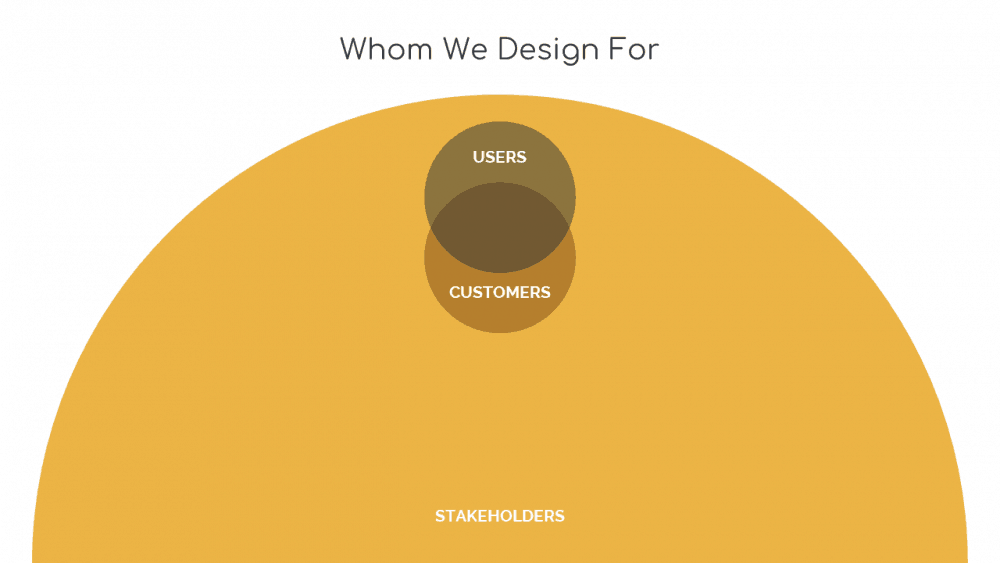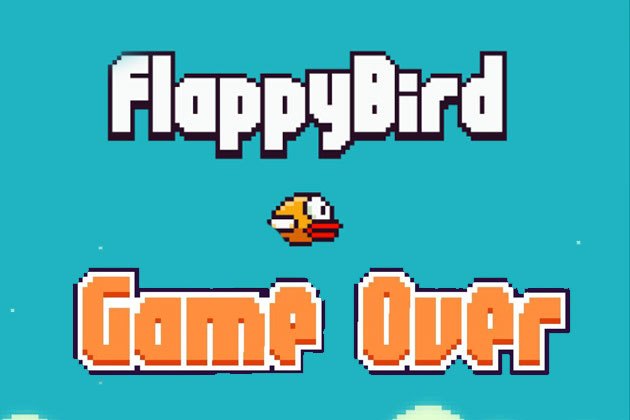I believe that User Experience (UX) can be a gateway discipline to something much more profound – no less than the gradual improvement of our society. But let’s take a step back...
Human Experience
The UX Coach & Founder of The Greatness Studio, Brian Pagán was frustrated with the limitations of the term User Experience so he coined the term ‘Human Experience’. In his blog post 'So long user experience, hello human experience' he says “We design technology to benefit humans, and users are only one segment of the humans who have relationships with our products & services. Beyond just users & customers, we design for more humans than we may realize.”
He identifies 3 groups of humans that can be affected by a design: Users, buyers and stakeholders. The latter being the least obvious but arguably the largest, and most affected group. This includes the experience of people who are close to the ‘user’, people in the supply chain and even those involved in disposal at the end of a product’s life cycle.

Indeed, even the Grandfather of UX, Don Norman, speaks of this interconnectedness when talking about the Principles of Human Centered Design. He says, “Always think of the people, and all of the people”.
The downside of UX
There can be a tendency for companies to exploit our human propensity for curiosity and turn it into addictive behaviors and unhelpful distractions. Are we being delighted or becoming addicted? Distractions might start out as an innocent desire to make a product engaging but could end up being detrimental and disruptive to the user’s actual life and relationships. So we must be careful. Any designer whose product is vying for the attention of its users should consider the impact on the wider community. For example the child that misses out on time with their parent who is distracted by their Facebook account is a significant stakeholder for the designers at Facebook to consider.
Thinking more broadly, is it possible for designers to consider not just individual humans but humanity as a whole, or at least a large section of it? What might be the unforeseen social impact of a product? This is a hard question to answer but it should be at least on your radar. We should aim to avoid the regret of having created something that has a negative impact, like the creator of the Flappy Birds game who removed the game from the app store when it began to weigh on his conscience. “It happened to become an addictive product, I think it has become a problem”.

Where’s the love?
On the flip side we can ask, how can designers begin to ensure they are on the right side of Human Experience? Pagén states that “The fundamental goal of Human Experience Design is to help people experience love.” If that sounds too fluffy, consider love as anything from the experience of clicking a button that has a pleasing, positive outcome like starting your car, to an app like TippyTalk that helps autistic children express themselves.

Given this definition we can begin to see how we can engineer the experience of ‘love’, or as I would term it ‘enrichment’, at every scale from the micro moment to the macro experience for individuals, their associates, and society as a whole. UX, or HX, should be at the heart of every endeavour that aims to impact us. This Human Experience mindset should be adopted by everyone involved in bringing a product or system to life, not just the designers, beginning even before the conception stage of a project. We should be asking, what do humans need? What does our society need? When companies and institutions begin to be founded on this premise, we’ll be on the right track to a more enriched life experience both as individuals and collectively. So remember, design to enrich.
